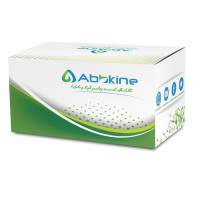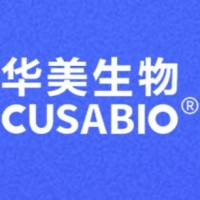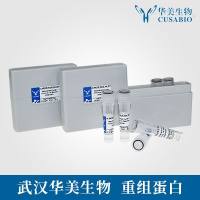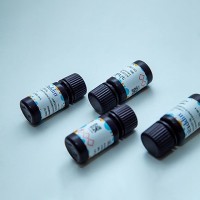Experimental Models of Acute Infection and Toll-Like Receptor Driven Septic Shock
互联网
598
Mainly Gram-negative and Gram-positive bacterial infections, but also other infections such as with fungal or viral pathogens, can cause the life-threatening clinical condition of septic shock. Transgression of the host immune response from a local level limited to the pathogen’s place of entry to the systemic level is recognised as a major mode of action leading to sepsis. This view has been established upon demonstration of the capacity of specific pathogen-associated molecular patterns (PAMPs) to elicit symptoms of septic shock upon systemic administration. Immune stimulatory PAMPs are agonists of soluble, cytoplasmic, as well as/or cell membrane-anchored and/or -spanning pattern recognition receptors (PRRs) such as Toll-like receptors (TLRs). However, reflection of pathogen–host crosstalk triggering sepsis pathogenesis upon an infection by a host response to challenge with an isolated PAMP is incomplete. Therefore, an experimental model more reflective of pathogen–host interaction requires experimental host confrontation with a specific pathogen in its viable form resulting in a collective stimulation of a variety of specific PRRs. This chapter describes methods to analyse innate pathogen sensing by the host on both a cellular and systemic level.









